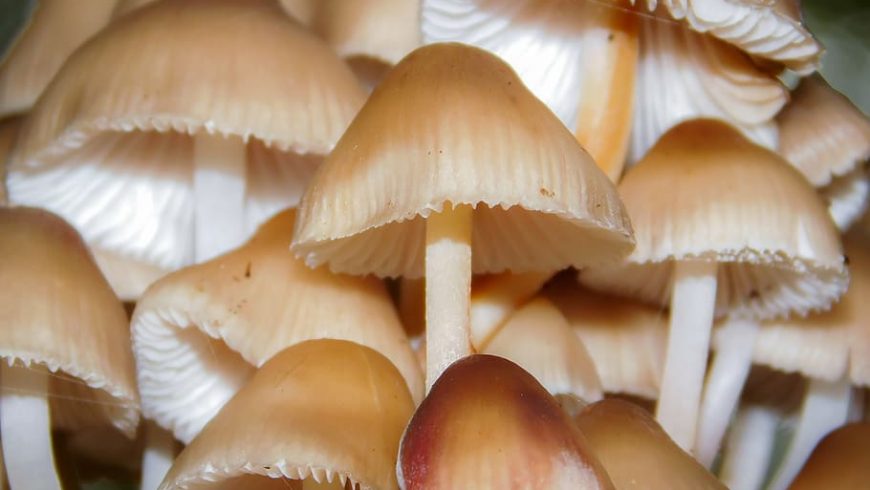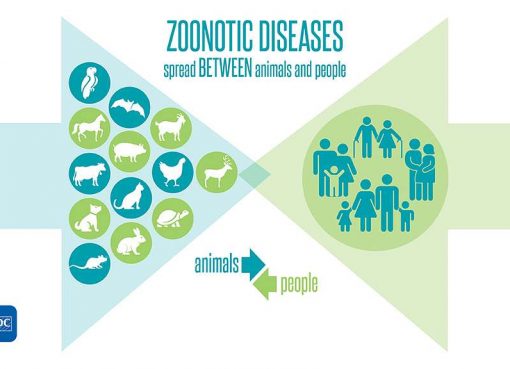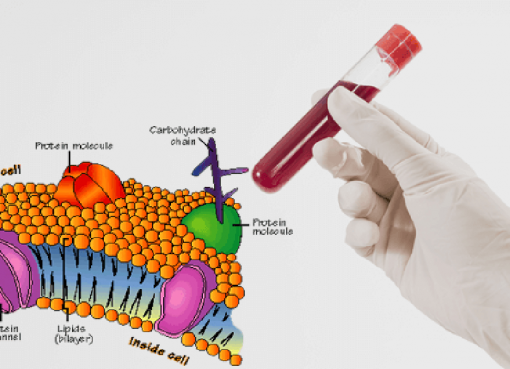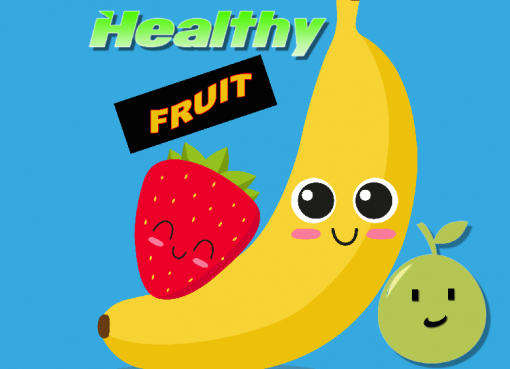The livestock sector plays an important role in the rural economy in India, and it provides employment to the livestock farmers as well as improves their living standards. The contribution of livestock sector in the agriculture GVA (Gross Value Added) and in the national GVA is nearly 28.26 and 5.21 per cent, respectively during 2019-20. India has the total livestock population of 536.76 million out of which cattle has the highest share,i.e.,193.46 million (35.93%), 2nd after Brazil in the world. India ranks 1st in milk production, i.e., 198.4 million, out of which cattle contributes nearly 48.71 per cent of total milk production. In the livestock sector, farmers or entrepreneurs aim to increase their income through improvement of the production performance and decrease in the production cost. Therefore, feeding and management practices have an important role in improving production performance and decreasing the production cost.
Feed is an important input for milk and meat production from ruminants. The cost of feed constitutes 70-80 per cent of milk production. Quantitative and qualitative insufficiency of feeds and fodder in the country is one of the main impediments in the way of improvement of livestock production. There is a deficit of 23.40 per cent in the availability of dry fodder, 11.24 per cent in that of green fodder and 28.90 per cent for concentrates, in India (Roy et al., 2019). This has led to more dependence on crop residues, agro-industrial by-products, and non-conventional feed resources for feeding of livestock.
Following rapid advances in animal husbandry, the use of feed additives for the improvement of animal production and performance has become more widespread. In recent years, agro-industrial wastes, e.g., sugarcane bagasse, wood pulp, slaughterhouse waste, etc. have attracted the attention of nutritionists for their economical and nutritional potentialities in the feeding of animals. At present, synthetic antibiotic growth promoters are banned under the government policy banning and this has encouraged use of unconventional feedstuffs with bioactive components for logical importance in livestock farming.
Mushroom is a fleshy saprophyte fungus, growing on its food source such as decaying organic matter, damp rotten log of wood trunk of trees or in a damp soil rich in organic substances etc. Recently, in India, mushroom farming is getting popularized due to its flavour and nutritional benefits as well as their profitability. Edible mushrooms can be used as a protein source for vegetarians and can be compared with milk, eggs and meat. Mushroom farming is a cost-effective farming with little requirement of space and resources, having various health benefits and can be grown throughout the year. Mushrooms have more protein, high fibre, and low-fat content along with various essential amino acids and minerals. During the year 2021, mushroom production in India was 285 thousand tons with a six per cent increase from the previous year’s production that is 242 thousand tons. In India, mainly two types of mushrooms are produced which are button mushroom (Agaricus bisporus) which contributes about 73 per cent followed by oyster mushroom (Pleurotus ostreatus) which contributes about 16 per cent of total mushroom production. Straw is extensively used as bedding materials for cultivation of mushrooms. After mushroom cultivation, the waste residue is called the spent mushroom substrate.
Fungal cultivation resulted in considerable changes in the spent straw, remaining after mushroom harvesting, leading to increased crude protein and soluble cell wall content which might be more useful than the original straw when fed to ruminants.
Large amounts of these residues are currently produced every year constituting a potential pollutant, and economical, disposal of these residues will substantially decrease the mushroom production cost. Due to its high mycelium content, mushroom waste compost may improve animal health by increasing antioxidant capacity (Singh et al., 1990). The enzymes in mushrooms can degrade readily available agricultural wastes under solid state fermentation. Due to the enzymatic conversion processes that occur during mushroom cultivation, ruminants can easily digest spent mushroom substrate. Consequently, spent mushroom straw may be an appropriate feed additive for sheep and Holstein steers. This waste material also rich in microorganisms and extra-cellular enzymes and contains relatively high levels of nitrogen, potassium, phosphorus, calcium, and trace elements, notably iron and silicon, that may be used as animal feed. Mushroom cultivation can be beneficial for the society as an alternative protein-rich food source for human beings and can be an alternative food source for animals.
The extra cellular ligninolytic enzymes like lignin peroxidase, manganese peroxidase, laccases, and cellulolytic enzymes, viz., cellulases may be responsible for reduction in cell wall components and increase in protein and soluble carbohydrate content reducing crude fibre contents in spent mushroom straw. Beside spent mushroom straw contains a kind of lignocellulosic material composed of cellulose, hemicellulose, lignin, remnant of edible fungi and carbohydrate. It would be more economical and beneficial if it could be recycled and reused. Spent mushroom substances could potentially be a source of reducing sugars for production of biofuels and other biomaterials, and other uses that would convert it into value-added products (Lau et al., 2003;Phan and Sabaratnam, 2012).
References:
Deshmukh, A. S. (2019). Spent mushroom substrate: A treasure of nutrients. Asian Journal of Microbiology, Biotechnology & Environmental Sciences, 21(4), 1024-1027.
Lau, K.L.; Tsang, Y.Y. and Chiu, S.W. (2003). Use of spent mushroom compost to bioremediate PAH-contaminated samples. Chemosphere, 52: 1539–1546.
Phan, C.W. and Sabaratnam, V. (2012). Potential uses of spent mushroom substrate and its associated lignocellulosic enzymes. Applied Microbiology and Biotechnology, 96: 863– 873.
Roy, A. K.; Agrawal, R. K.; Bhardwaj, N. R.; Mishra, A. K. and Mahanta, S. K. (2019). Revisiting national forage demand and availability scenario. Indian fodder scenario: Redefining state wise status. ICAR-AICRP on Forage Crops and Utilization, Jhansi, India, 1-21.
Singh, K.; Rai, S.N.; Rakatan, S.N. and Han, Y.W. (1990). Biochemical profile of solid state fermented wheat straw with Coprinus fimetraius. Indian journal of Dairy Science, 60: 984-990.
Author Information:
- Gunaram Saikia, Professor, Department of Animal Nutrition, College of Veterinary Science, AAU, Khanapara, Guwahati, Email: gunaram.saikia@aau.ac.in
- Mamata Joysowal, Assistant Professor, Department of Animal Nutrition, College of Veterinary Science, AAU, Khanapara, Guwahati,Email:mamtajaiswal525@gmail.com
- Bibeka N. Saikia, Professor, Department of Animal Nutrition, College of Veterinary Science, AAU, Khanapara, Guwahati,Email:bibeka.saikia@gmail.com
- Lakhya J. Borah, Assistant Professor, Department of Animal Nutrition, College of Veterinary Science, AAU, Khanapara, Guwahati, Email:lakhyajyoti.borah@aau.ac.in
- Robin Bhuyan, Professor, Department of Animal Nutrition, College of Veterinary Science, AAU, Khanapara, Guwahati,Email:robin.bhuyan@aau.ac.in.




